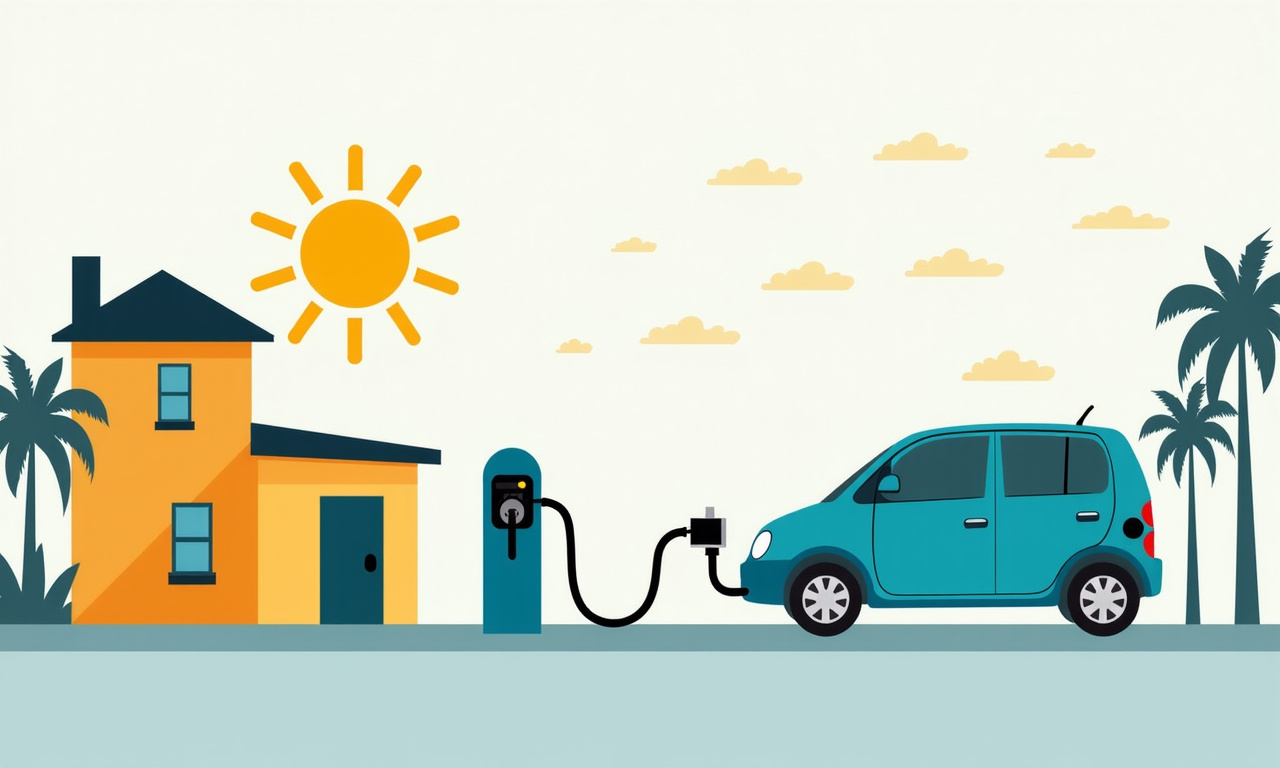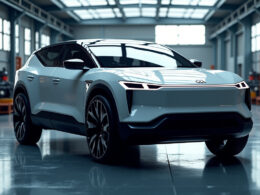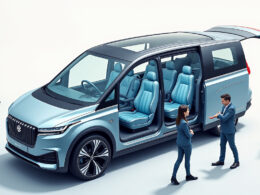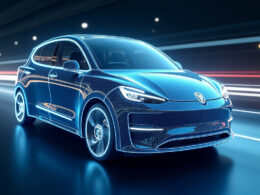Polestar has announced the introduction of bi-directional charging for Polestar 3 owners residing in California. This technology allows the electric vehicle to serve as a battery for the home or even the power grid. It’s one way EV owners can save money by reducing overall energy consumption or receiving compensation for feeding excess energy back into the grid.
The bi-directional charging of Polestar utilizes direct current, providing “V2H” (Vehicle-to-Home) functionality for Polestar 3 owners with a 400-Volt electrical architecture. Polestar offers this feature in partnership with Dcbel, which helps manage the California Energy Commission’s program for installing “home energy stations” capable of integrating various clean energy sources in residential homes, including electric vehicles with bi-directional charging.

According to Polestar, by using Dcbel’s Ara system, customers can reduce charging costs by up to $1300 a year and use their car as a backup power source during outages for up to 10 days.
The ability to send excess charge from an EV battery back to the home has been one of the main advantages of the Ford F-150 Lightning. Bi-directional charging has also appeared in GM’s EV lineup and in the third generation of Nissan Leaf. Polestar states that it will continue developing its cars’ bi-directional charging capabilities and plans to expand its offerings in the future. The company already offers bi-directional charging to customers in Germany through a home charging device co-developed with Zaptec.
Tesla and Rivian: The Race for Energy Efficiency
Tesla’s recent launch of the Powerwall 3, which allows integration with their electric vehicles for storage and home backup, further positions them ahead in energy storage solutions. This, combined with the expansion of their Supercharger network in California, significantly enhances EV charging infrastructure across the state.
California’s Green Vision
The California Public Utilities Commission has been promoting the ‘Vehicle-Grid Integration’ initiative, which enhances how EVs can participate in the energy market. This includes incentives for utilizing energy during non-peak hours and feeding energy back into the grid, thereby enabling electric vehicle owners to play a pivotal role in managing energy resources effectively.
Polestar’s Green Future
Looking ahead, Polestar may explore further collaborations with renewable energy firms and expand its electric vehicle lineup, with a clear focus on sustainability and reducing energy costs for customers. Such developments could be significant steps as they continue to innovate in the field of green energy and EV manufacturing.









